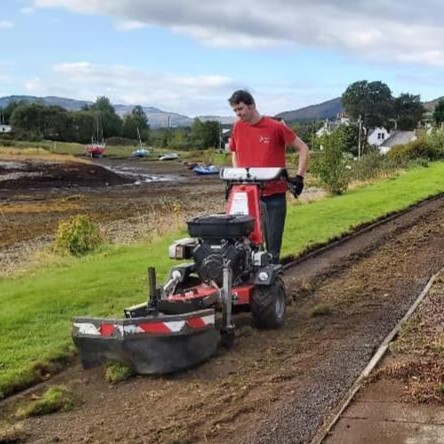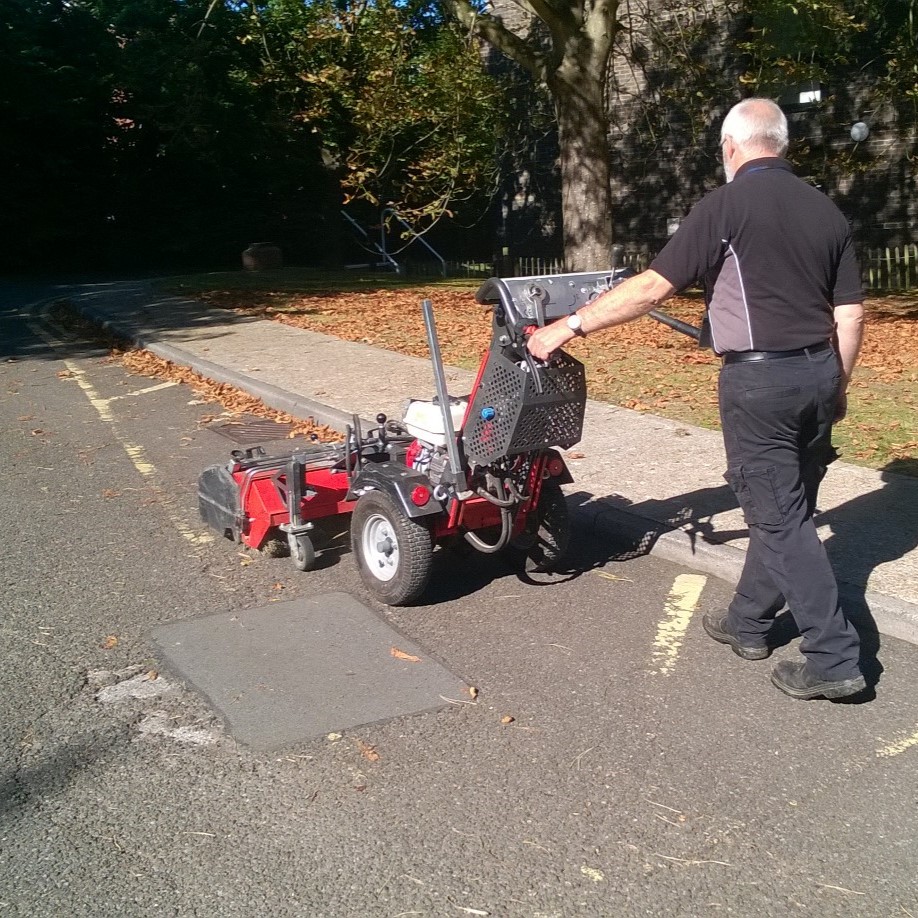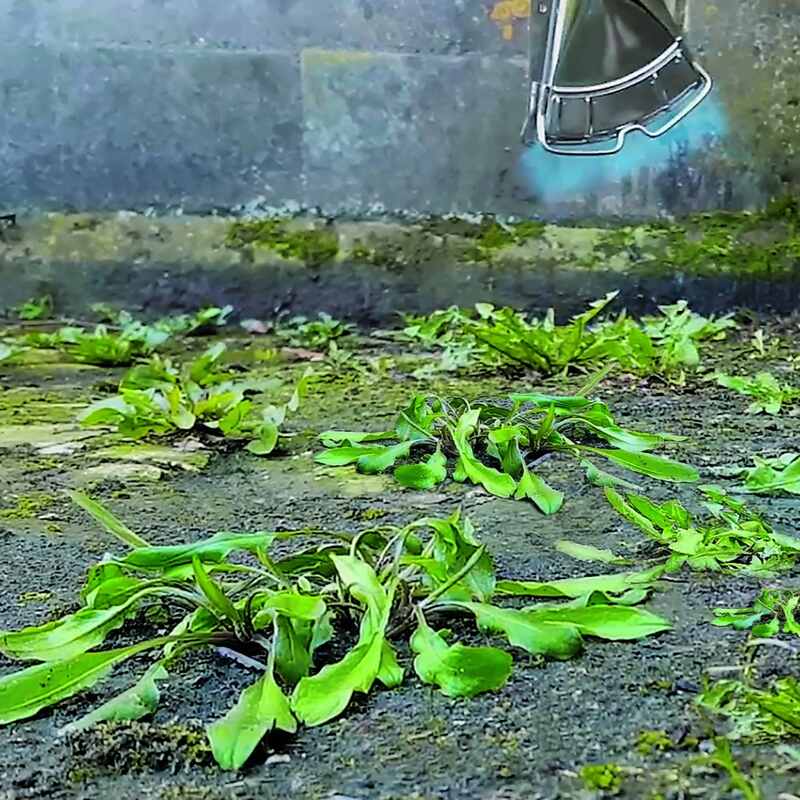The Mechanical Element of an Integrated Weed Management Strategy
Mechanical Weed Management employs labour saving devices to kill or disrupt plant growth by interfering with one or more of the elements a plant requires for growth.
MECHANICAL WEED CONTROL
Mechanical Weed Management employs labour saving devices to kill or disrupt plant growth by interfering with one or more of the elements a plant requires for growth. This can include brushes, hot water, foam, hot air, electrocution or chemical methods.
Removing Soil
Soil depth greatly affects the types of weeds that will emerge. Large perennial or woody plants require deeper soil to support their structure and provide nutrients. Removing soil that has accumulated on hard surfaces is therefore very important for reducing these types of weeds, which can be much harder to kill than annuals and moss.
Removing soil will also allow the hard surfaces to dry out more quickly, as soil retains moisture well. This will greatly reduce the amount of moss, which thrives in damp environments.
Soil can be mechanically removed from hard surfaces with a weed brush and then collected with a sweeper or vacuum.

Removing Detritus
Once the sources of detritus have been minimised, there will hopefully be less detritus to deal with. However, it is still likely that lots of detritus is being produced from maintenance operations in summer and from natural processes (such as leaf fall) during the autumn. This detritus will be blown into traps in the hard surfaces such as the gaps in block paving, or the kerb line.
Sweeping or vacuuming this detritus is a good strategy for preventing it degrading into soil, by which point it will be harder to remove. Ensuring that you have the correct equipment to remove detritus on the surfaces that you are tackling is key to reducing costs and dealing with different access requirements of particular surfaces.

Thermal Treatment
Having removed the soil from hard surfaces over the winter, there will be less opportunities for weeds to grow in the spring. However, you are still likely to get some. Thermal weed control works best on younger plants, so timing treatments for March and April will yield the most successful results and lead to less regrowth.
All thermal methods work by congealing the chloroplast cells, which are mostly found in the leaf and stem. Germinating seeds also contain this. By incapacitating these cells, the plant is prevented from photosynthesizing, effectively starving the plant. Regrowth is possible only if a plant has enough energy stored in the root system to reproduce the foliage. If not the plant will die.

For more information, check out our page on Integrated Weed Management for Amenity Page.
No comments yet. Login to start a new discussion Start a new discussion